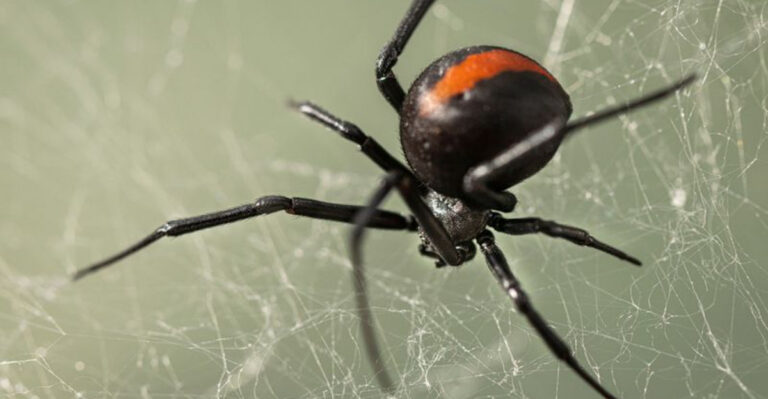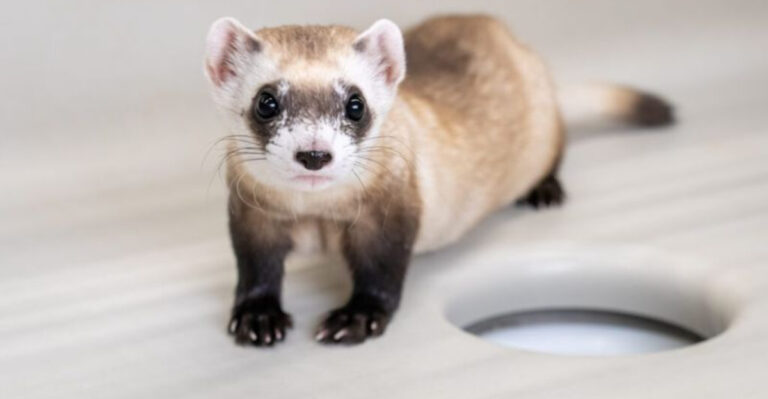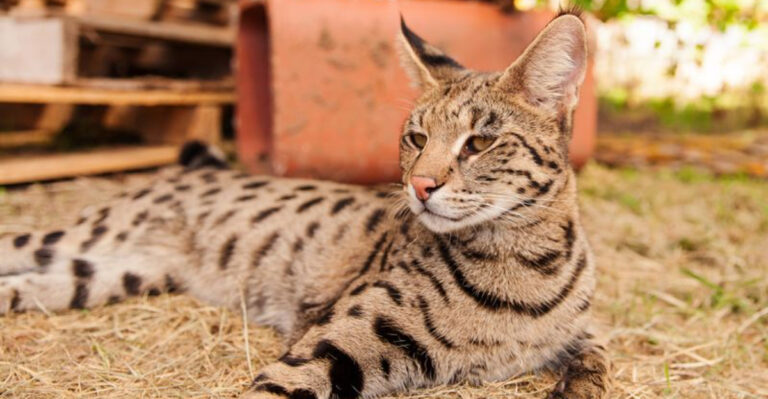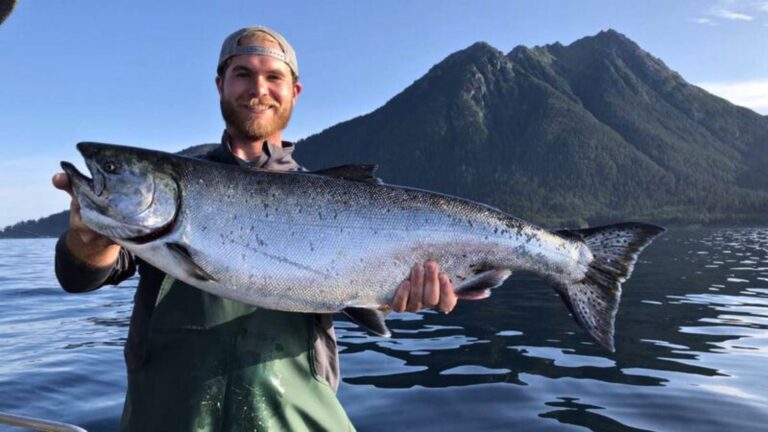19 Dangerous Animals That You Should Never Approach
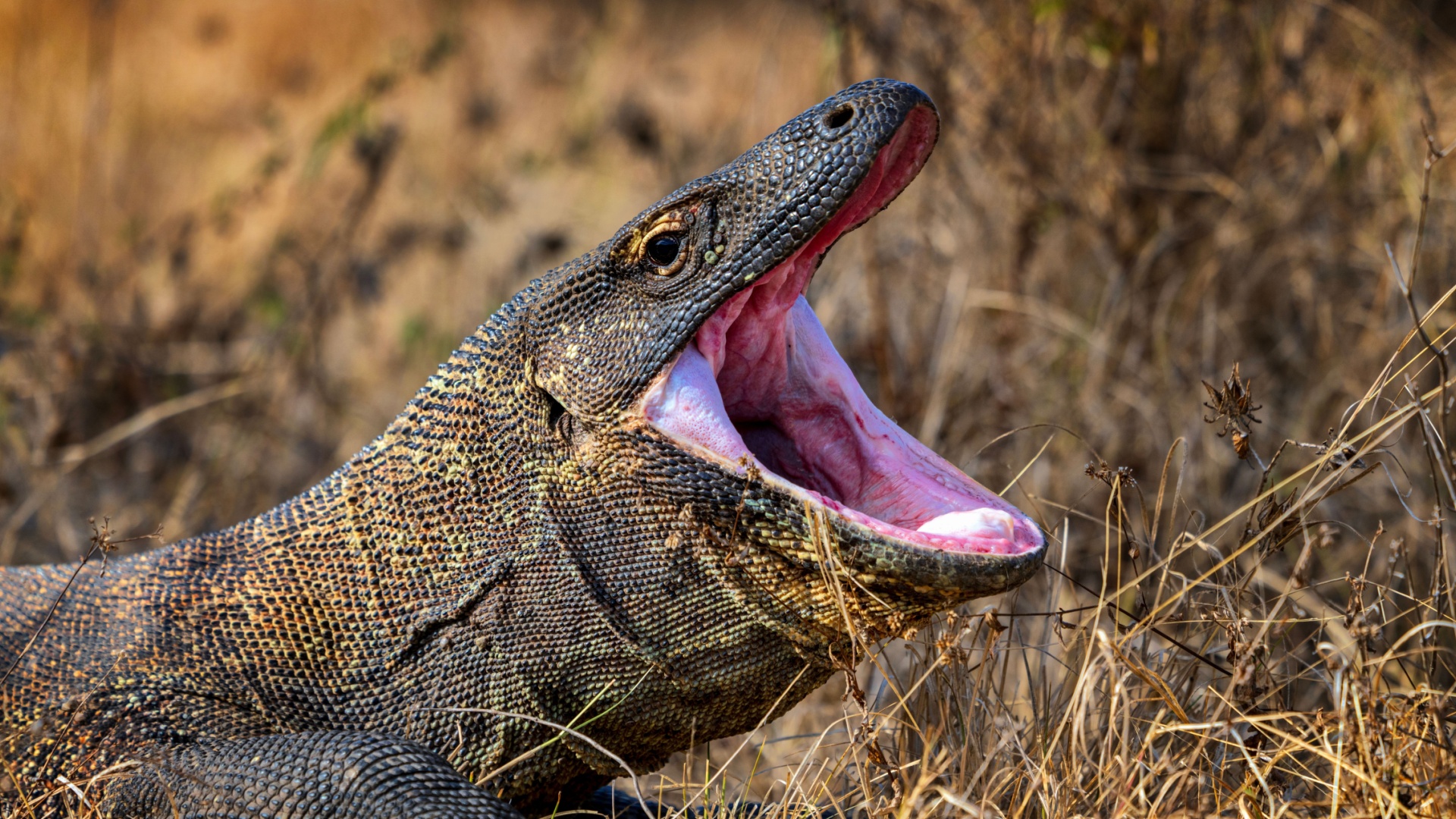
Some animals are best admired from a distance – getting too close can be dangerous! From venomous creatures to unpredictable predators, the animal kingdom has its fair share of risks.
Whether they’re lurking in the wild or crossing your path in unexpected places, it’s important to know which animals to steer clear of.
Let’s dive into some of the most dangerous creatures that are better observed from afar!
1. Saltwater Crocodile
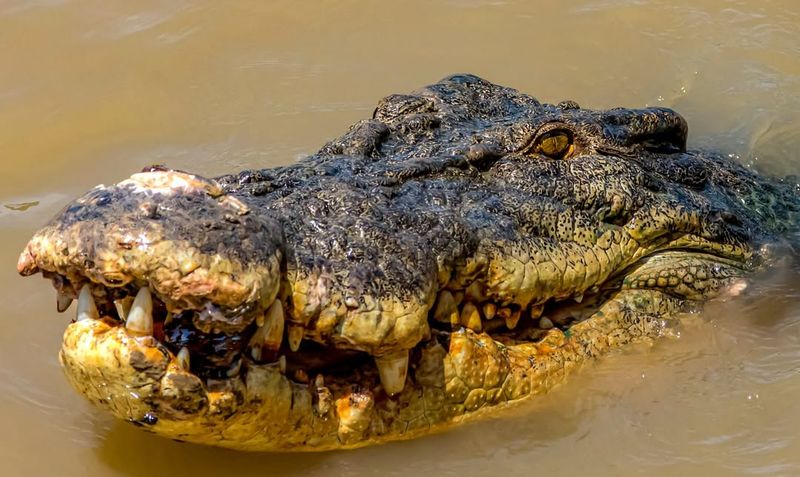
The saltwater crocodile is the largest living reptile, reaching lengths of up to 23 feet. These apex predators inhabit estuaries, rivers, and coastal areas in Southeast Asia and Australia.
Their territorial nature makes them highly dangerous, capable of ambushing prey with a sudden burst of speed. While they primarily hunt fish, they won’t hesitate to attack larger animals, including humans.
2. African Elephant
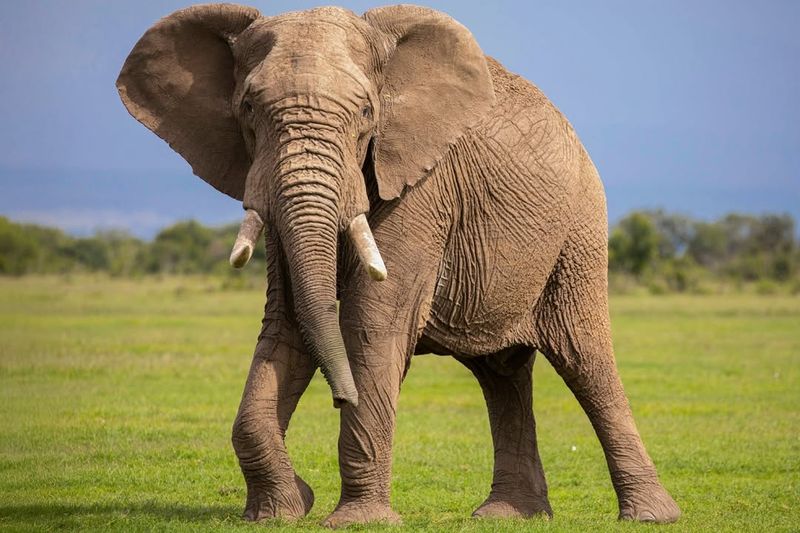
Despite their gentle appearance, African elephants can be highly unpredictable. Weighing up to 12,000 pounds, they are the largest land animals on Earth.
Their size and strength allow them to uproot trees effortlessly. When threatened or provoked, elephants can charge at speeds of up to 25 mph.
They defend themselves fiercely, especially mothers protecting their young.
3. Cape Buffalo
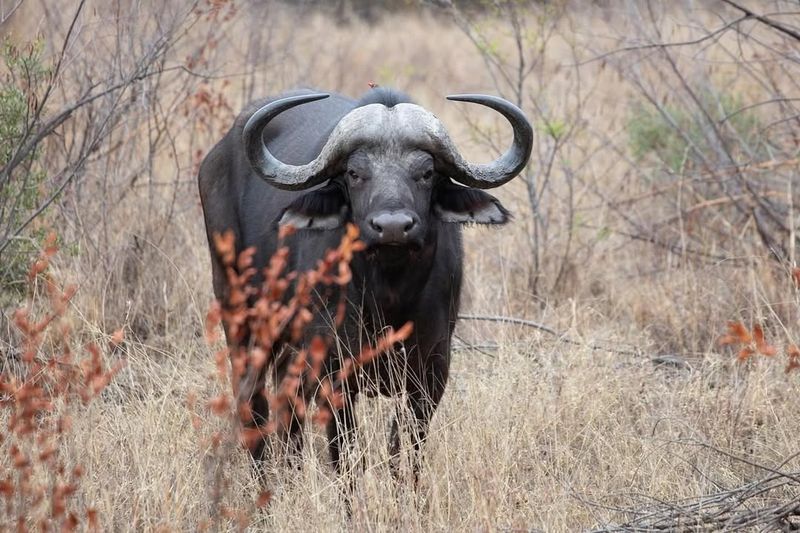
Known as one of Africa’s “Big Five,” the Cape buffalo is both imposing and dangerous. Weighing up to 2,000 pounds, these herbivores have a reputation for unpredictability and aggression.
When threatened, they form protective herds and can charge at remarkable speeds. Their sharp horns make them formidable opponents.
Respect their space and admire their resilience in the wild without getting too close.
4. Box Jellyfish
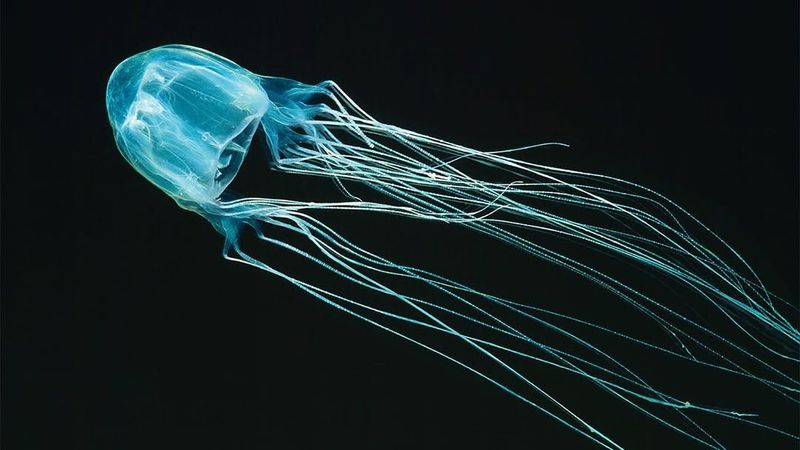
The box jellyfish, found in the Pacific and Indian Oceans, is one of the most venomous creatures in the sea. Its nearly invisible tentacles deliver a potent sting that can cause cardiac arrest in minutes.
Swimmers in Australia, where they are most prevalent, must exercise caution. Lifeguards usually post warnings at beaches during jellyfish season.
5. Pufferfish
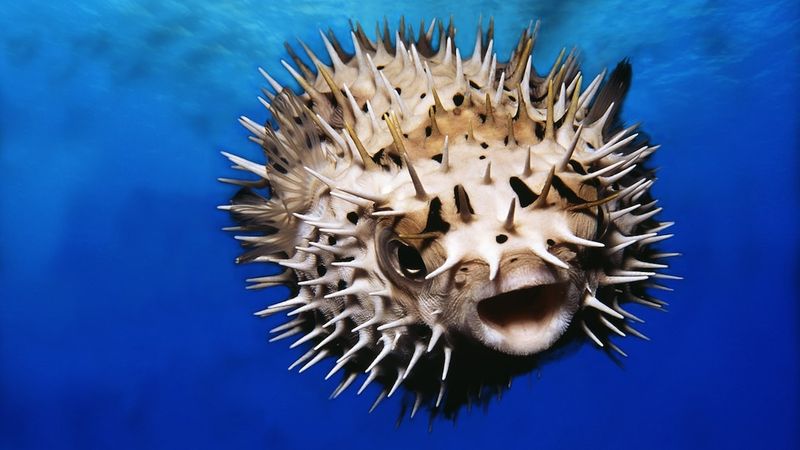
Pufferfish, or fugu in Japan, contain a deadly toxin called tetrodotoxin. This potent poison is 1,200 times more toxic than cyanide.
Despite their cute appearance, pufferfish are not to be trifled with. When threatened, they inflate their bodies, displaying sharp spines.
Enjoy their quirky looks from afar, without risking a taste of danger.
6. Hippopotamus
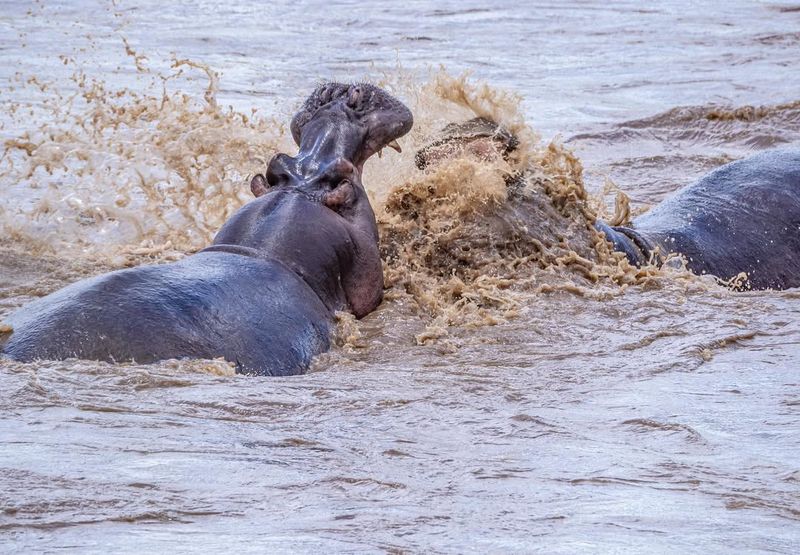
Hippopotamuses might seem docile, but they are responsible for more human fatalities in Africa than any other large animal.
Their enormous jaws can crush a canoe in half. Despite their size, they are surprisingly agile on land and can run at speeds of up to 20 mph.
Hippos are territorial and protective of their young, so it’s best to enjoy their presence from the safety of a safari vehicle.
7. Komodo Dragon
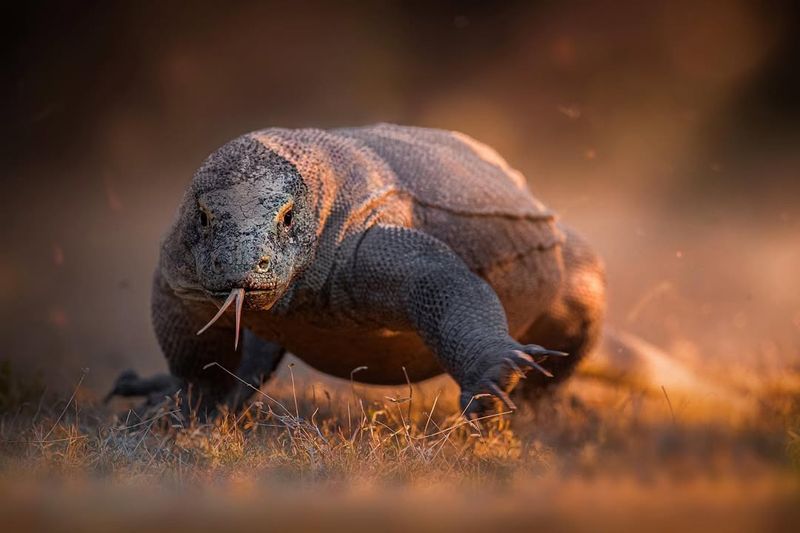
Native to Indonesia, the Komodo dragon is the world’s largest lizard. These powerful reptiles can grow over 10 feet long.
Equipped with sharp claws and serrated teeth, they are fierce hunters. Their saliva contains toxic bacteria, leading to deadly infections in their prey.
While they are a marvel to observe, it’s essential to keep a safe distance from these formidable creatures in their natural habitat.
8. Cone Snail
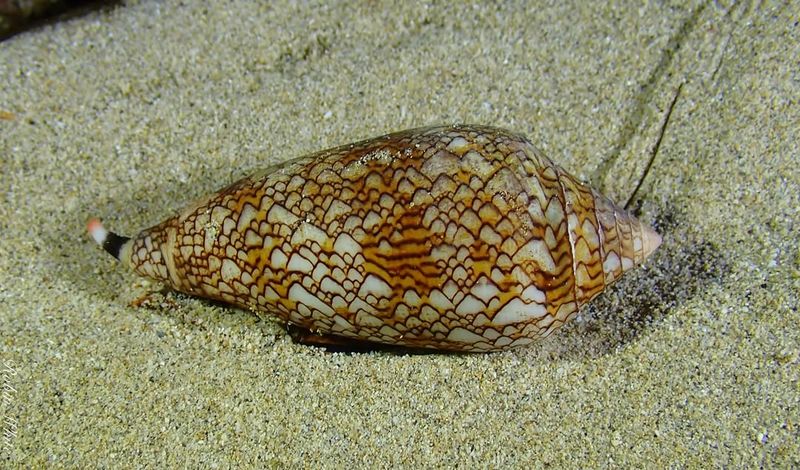
The cone snail, small yet deadly, possesses a harpoon-like tooth that delivers venom. Found in tropical oceans, these snails have stunning shells, making them prized by collectors.
However, their sting can be fatal to humans. They use their potent venom to capture prey, such as small fish.
Collecting shells should be done with caution, ensuring these lethal beauties are never handled directly.
9. Poison Dart Frog
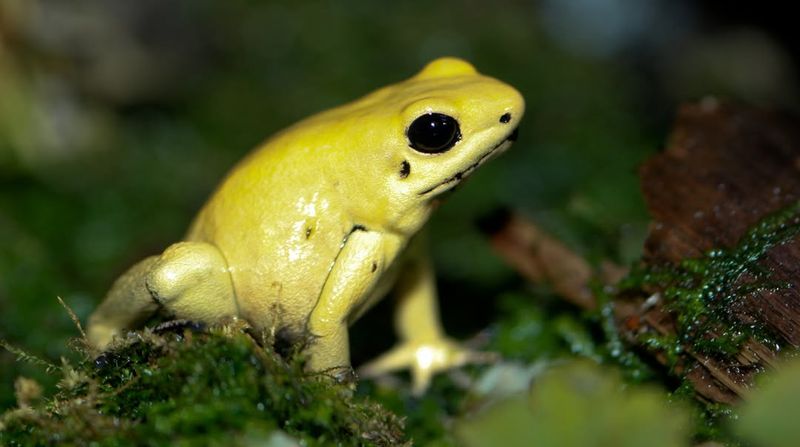
Poison dart frogs, native to Central and South American rainforests, are famous for their dazzling colors.
These tiny amphibians produce toxins through their skin, deterring predators. Indigenous people use their poison for hunting by coating blow darts.
It’s wise to admire these living jewels from a distance, allowing them to thrive in their natural environment.
10. Stonefish
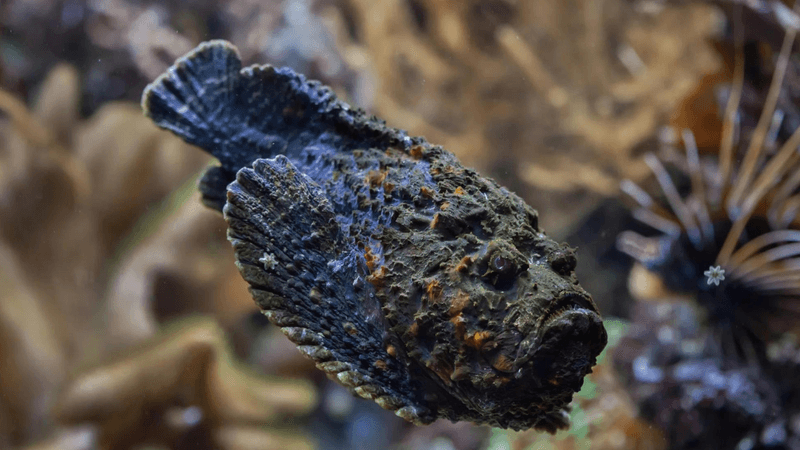
The stonefish, a master of disguise, lurks in the Indo-Pacific region. Renowned for its venomous spines, a sting from this fish can be excruciating and deadly.
Often mistaken for rocks, they remain motionless on the ocean floor, waiting for prey. Swimmers and divers must tread carefully to avoid an accidental encounter.
Admiring their camouflaging prowess from a distance is the safest approach.
11. Brazilian Wandering Spider
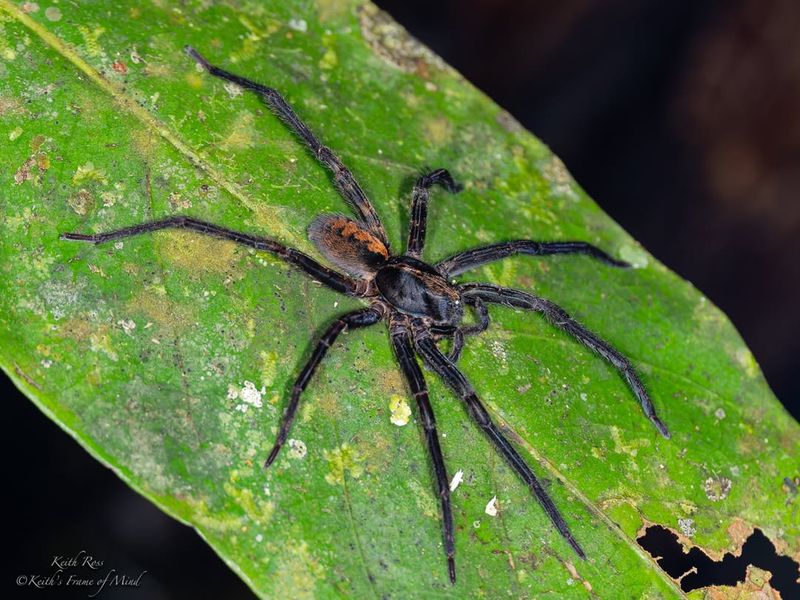
Known as the world’s most venomous spider, the Brazilian wandering spider roams the forest floors of South America.
Unlike web-dwellers, these spiders actively hunt at night. Their venom can cause muscle paralysis and breathing difficulties.
While their bites are rarely fatal due to medical advancements, encountering one can be a harrowing experience.
12. Cassowary
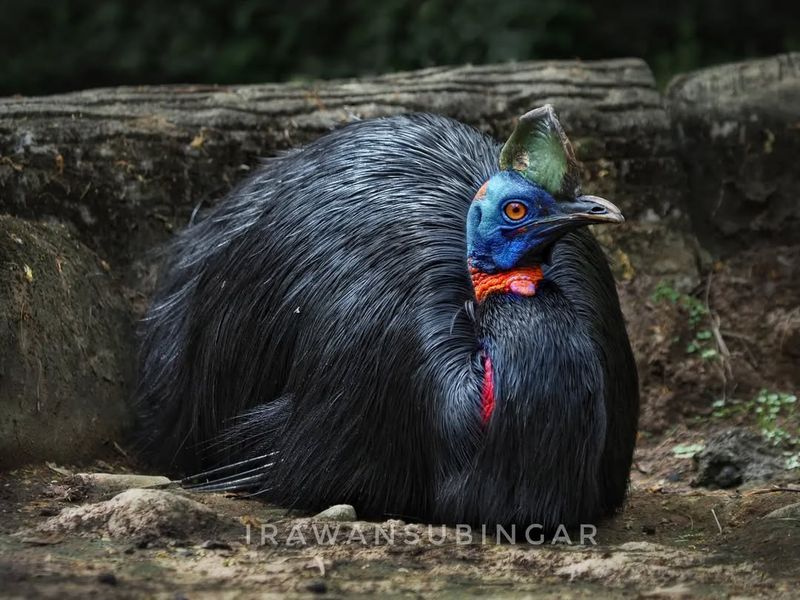
The cassowary, native to the rainforests of New Guinea and Australia, is often dubbed the world’s most dangerous bird.
Standing up to 6 feet tall, they possess powerful legs and sharp claws. When threatened, they can deliver fatal kicks.
Observing these flightless birds is a treat, but maintaining a respectful distance is crucial for safety.
13. King Cobra
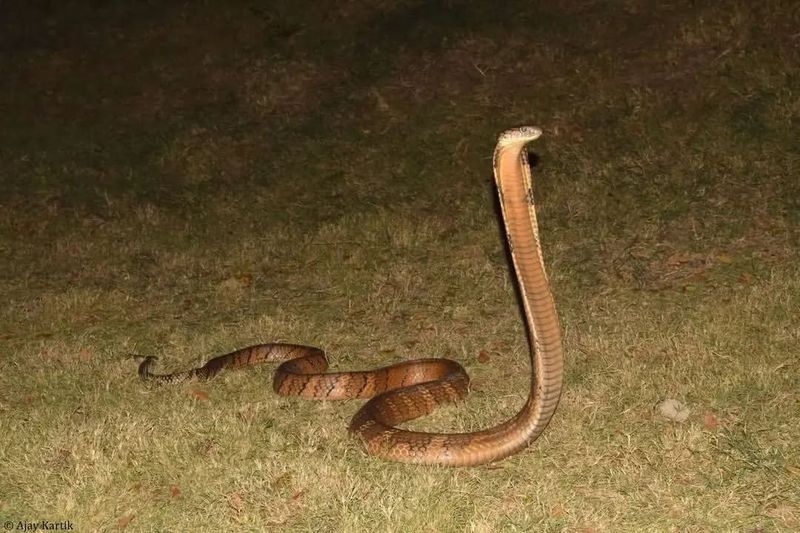
The king cobra, the world’s longest venomous snake, commands respect. Growing up to 18 feet, they inhabit forests across India and Southeast Asia.
Despite their fearsome reputation, they prefer to avoid humans. If you encounter one, retreat slowly and calmly.
Their majestic presence is best admired from a safe distance.
14. Blue-Ringed Octopus
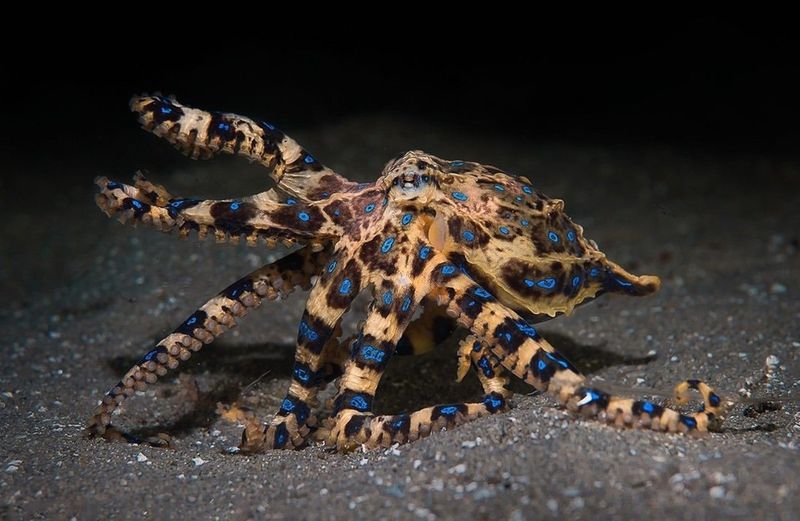
While small, the blue-ringed octopus is one of the ocean’s deadliest creatures. Found in tide pools and coral reefs in the Pacific and Indian Oceans, its venom contains tetrodotoxin, which can paralyze its victims.
The vibrant blue rings serve as a warning to potential threats. Admire these fascinating cephalopods from a distance and avoid touching or provoking them in their natural habitats.
15. Great White Shark
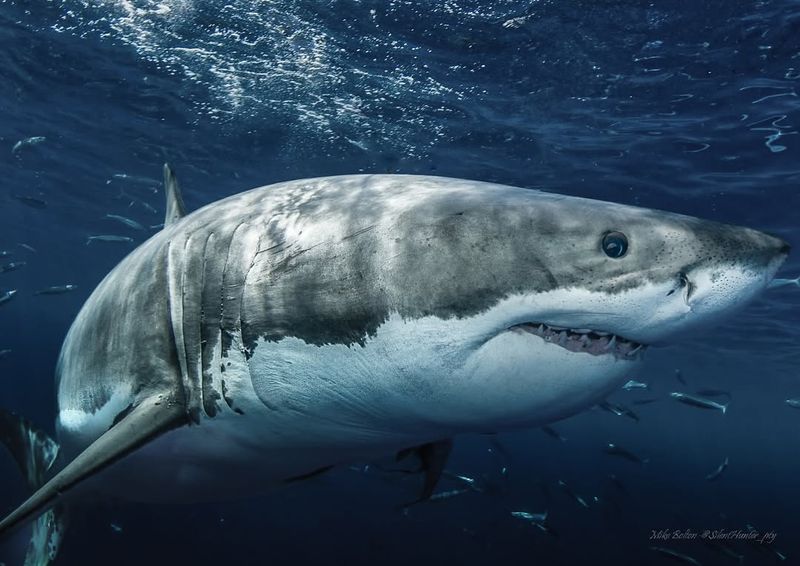
The great white shark, a powerful apex predator, roams the world’s oceans. With rows of sharp teeth and a torpedo-shaped body, they are efficient hunters.
While attacks on humans are rare, they are often fatal when they occur. Great whites are curious creatures, sometimes investigating boats or swimmers.
Appreciate the majesty of these magnificent sharks from the security of a boat or a shark cage.
16. Leopard Seal
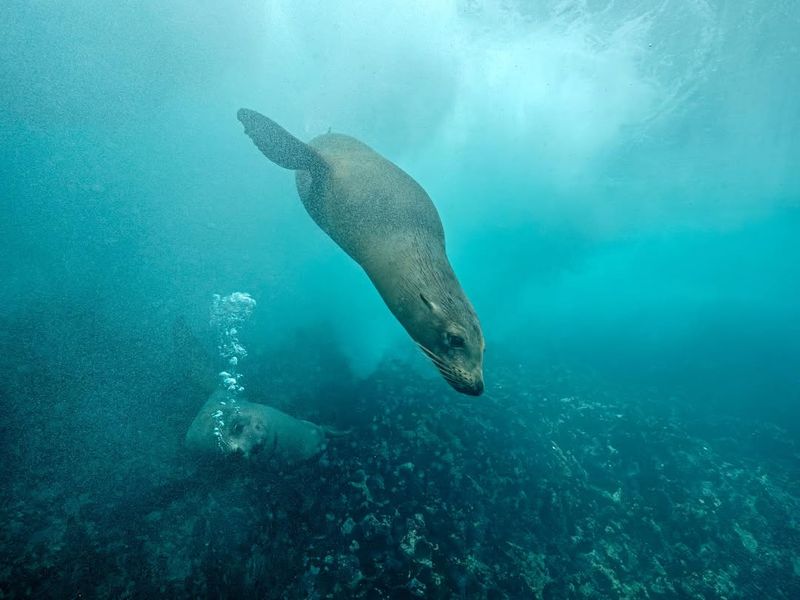
With powerful jaws and sinuous bodies, they hunt penguins and other seals. Curious and bold, they have been known to approach boats and divers.
While they may seem playful, their inquisitive nature can quickly turn aggressive. Observing them in their icy habitat from a respectful distance ensures both your safety and theirs.
17. Funnel-Web Spider
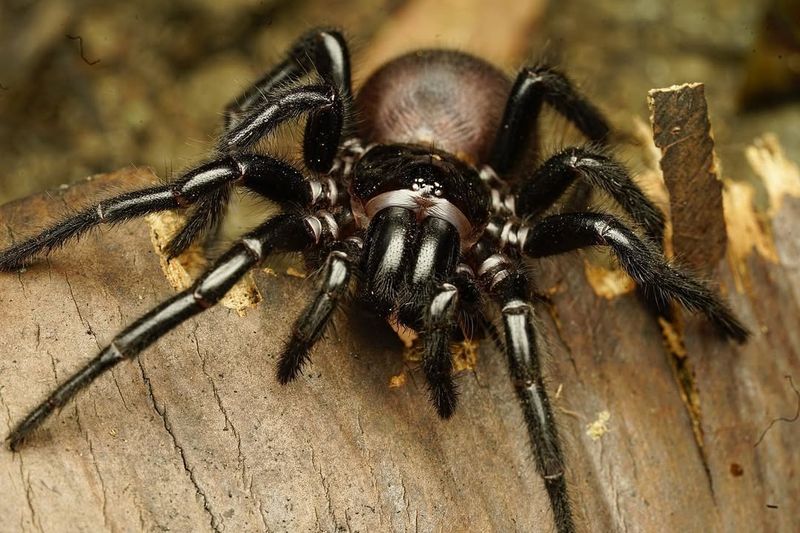
Often found in gardens and forests, these spiders build distinctive funnel-shaped webs. Their venom, affecting the nervous system, can be deadly if untreated.
While fatalities are rare thanks to antivenom, caution is advised when exploring their habitats. Admire their intricate webs and keep a safe distance.
18. Wolverine
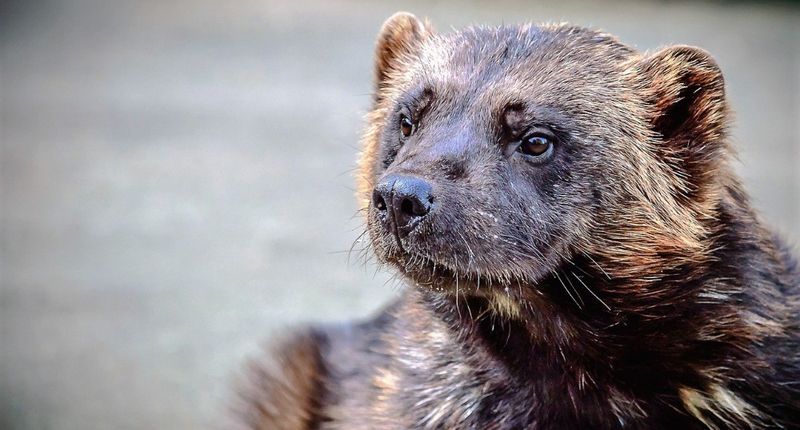
The wolverine, a stocky and ferocious carnivore, inhabits the forests of the northern hemisphere.
Despite their small size, they possess incredible strength and are known to take down prey much larger than themselves. With powerful jaws and sharp claws, they are formidable hunters.
While they avoid humans, it’s wise to respect their territory and give them space in the wilderness.
19. Tasmanian Devil
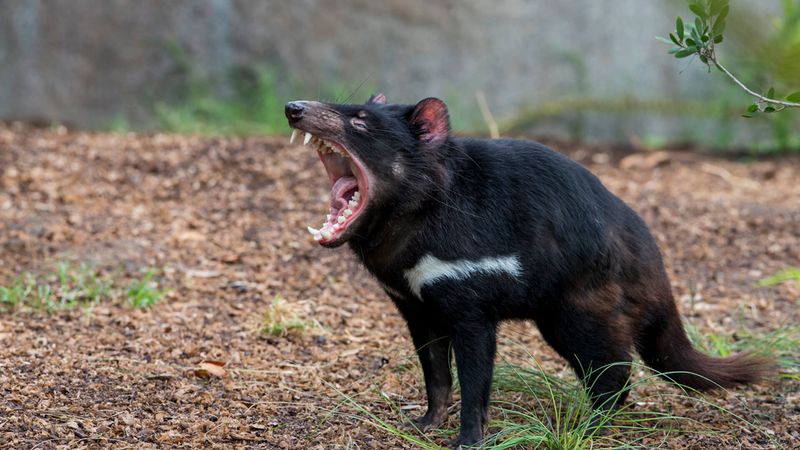
The Tasmanian devil, found only in Tasmania, is a feisty marsupial with a fearsome reputation. Known for their bone-chilling screeches and powerful bites, they primarily scavenge for food.
Despite their size, they can consume almost half their body weight in a single meal.
With their solitary nature and strong jaws, it’s best to enjoy their antics from a distance, ensuring a peaceful coexistence.


